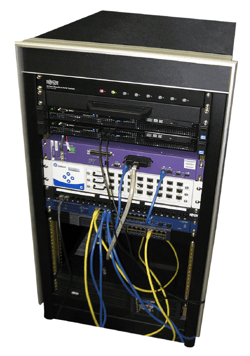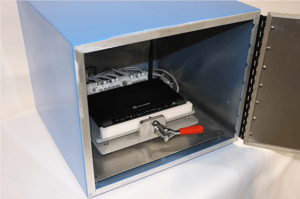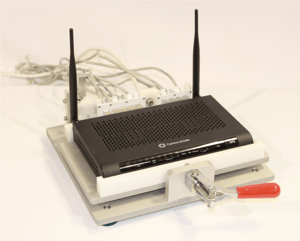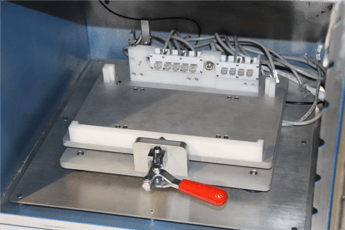+1 (317) 804-2330 | info@ballsystems.com | Blog
+1 (317) 804-2330 | info@ballsystems.com | Blog
To develop an acceptance tester for DSL modem/routers that requires minimal operator assistance and reduces both test time and number of operators required.
Ball Systems developed a test station capable of simultaneously asynchronously testing up to eight DSL modem/routers – testing full port functionality (WAN, Ethernet, DSL, HPNA, WiFi) and ensuring no visual defects and proper LED illumination.
The system utilized interconnected PCs and the BallTest™ software platform using NI’s LabVIEW with XML scripted test sequences and an SQL database.
Features:

Benefits:
Hardware:
Ball Systems maintains an expansive array of in-house equipment and immediately available platforms; reducing development time to meet critical customer deadlines. Specific components leveraged in developing the solution above included:


Ball Systems designs, develops, and delivers custom test systems and produces comprehensive build-to-print systems for companies creating or manufacturing critical electronic or electro-mechanical components for automotive, aerospace and defense and consumer appliance applications.